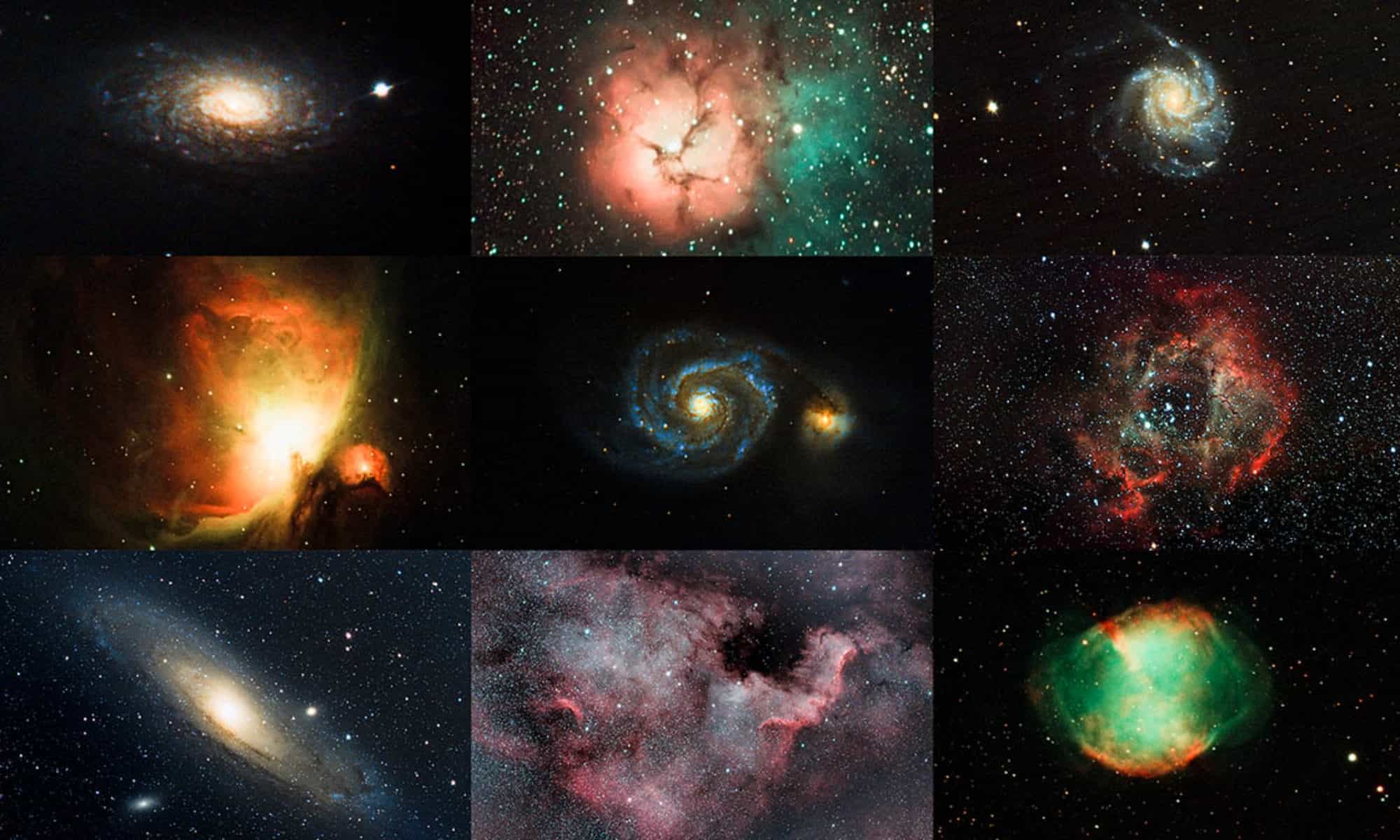In 1883, American astronomer E. E. Barnard discovered a large faint nebula in the constellation Cassiopeia. While it’s officially designated NGC 281, it’s most commonly known as the Pacman Nebula. While the nebula normally appears in shades of red, a mistaken setting during processing yielded this eerie green version, which seems perfect for Halloween.
While the video game Pac-Man is almost 40 years old, the nebula is several million years old. The nebula is 9200 light years from Earth, so the light used to make this image is 9200 years old! The Pacman Nebula is so large that it takes light 48 years to travel from one side to the other.
The red glow (green in this image) is caused by ionized hydrogen gas. The stars within the nebula energize the gas, which causes it to glow. The small dark “eye” in the middle of the nebula is a Bok globule. Bok globules are small areas of dust and gas. They are very dense, often having a mass of up to 50 suns. The dust and gasses are collapsing under the force of gravity and may eventually form new stars. The “mouth” is caused by relatively cool, dark gas and dust obscuring the glowing gasses behind it.
The Pacman Nebula is located near the brightest star in the constellation Cassiopeia. The constellation itself looks like a W high in the northern sky near Polaris. It is part of the Perseus Family of constellations, which includes the constellations Cepheus, Andromeda and Perseus. In Greek mythology, Cassiopeia is the wife of Cepheus and the mother of Andromeda. Perseus is the hero who saved Andromeda and later married her.
Pac-Man is the most successful video game in history. Introduced in 1980, it’s been estimated that more than 10 billion quarters were fed into arcade games over the next 20 years in pursuit of higher scores. The Pac-Man character became so famous it’s been featured in several movies, including Pixels (2015) and Guardians of the Galaxy 2 (2017).



